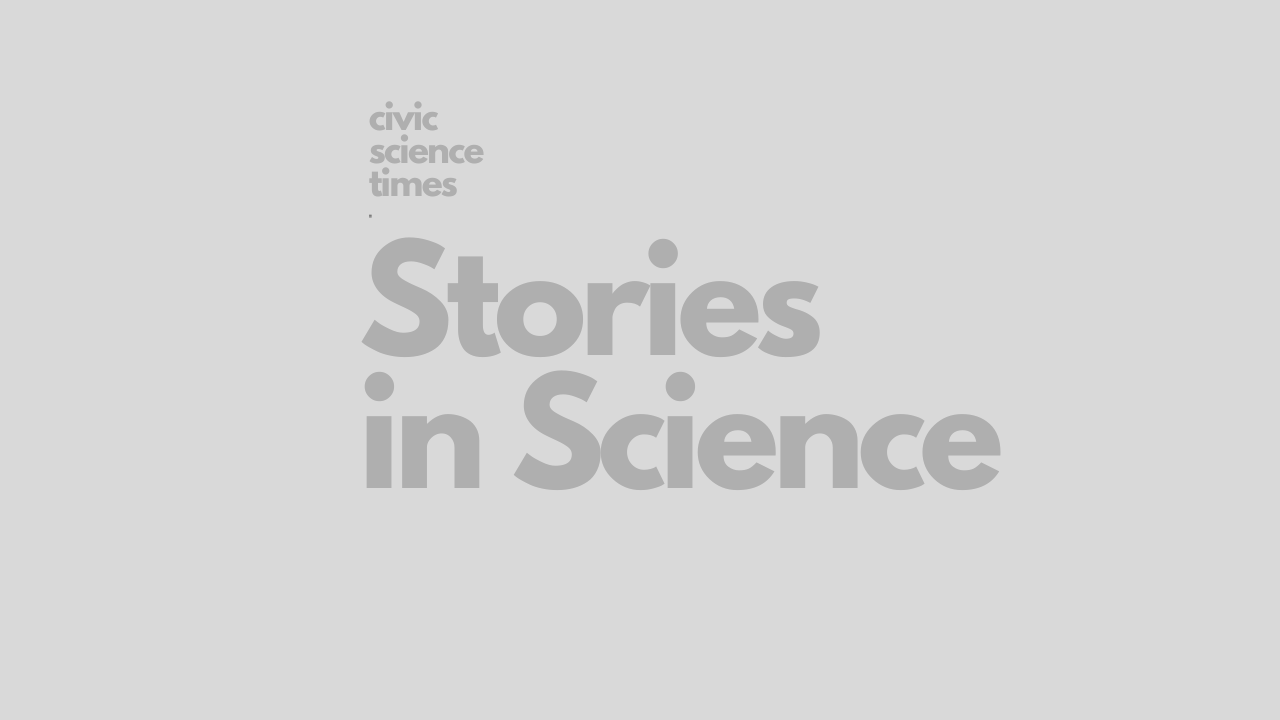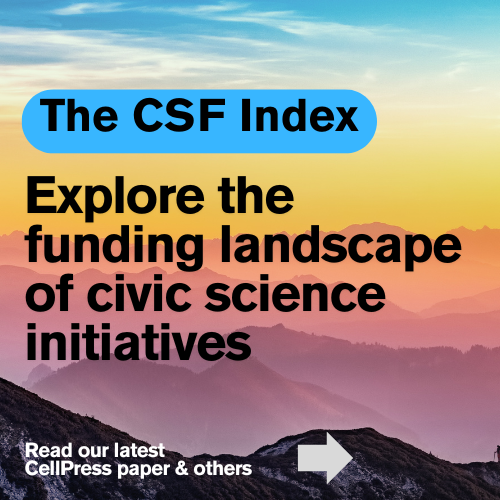CSO - Stories in Science
My Career Path Following Water from the Mountain to the Sea and Across an Ocean
Jeeban Panthi: “My professional and personal journey to understand water continues to unfold, and I was a part of a multi-year collaborative research project on climate and water in Nepal.”

Jeeban Panthi
[su_boxbox title=”About”]Jeeban Panthi is a Ph.D. Candidate at the University of Rhode Island, Department of Geosciences. He completed his master’s degree in Environmental Science from Tribhuvan University in Nepal and worked at Small Earth Nepal for five years in climate change and water-related research projects. Jeeban recently participated in the Hubbard Brook Research Foundation’s Young Voice of Science Program. The narrative below is Jeeban’s personal story studying hydrological processes from the mountain (Himalayas) to the coast (Rhode Island). You can follow Jeeban on Twitter @panthijeeban. The story below was edited by Katelyn Comeau.[/su_boxbox]
[su_boxnote note_color=”#c8c8c8″]Key Points:
- I have learned from my experience that one needs to have dedication and determination to translate a dream into reality.
- In your career, you need to connect every single dot of opportunities.[/su_boxnote]

Jeeban Panthi
[dropcap]I[/dropcap] was in grade eight when our science teacher started teaching a lesson on the water cycle and describing its processes. I remember my curious classmate asked our teacher, “What is the ocean?” The teacher’s answer wasn’t clear, and all the students remained puzzled. In all fairness, how can a person who has never seen an ocean explain what it is or describe the characteristics of the ocean?
For me, this was the beginning of a lifelong curiosity about the ocean. As a low-income family member in a remote village in Nepal’s mountainous and landlocked country, it was practically unfathomable ─ literally beyond my imagination to see an ocean. Traveling abroad seemed impossibly out of reach. I was poor and deprived of basic needs such as clothing, shoes, and food. No wonder it wasn’t until after my 15th birthday that I saw a motor vehicle for the first time.

Figure 1: An interaction between the mountain and the ocean. Left panel: Jeeban Panthi installing data logger at Langtang, Nepal (Photo: Piyush Dahal); Right panel: Jeeban Panthi conducting a geophysical survey in Rhode Island, USA (Photo: Brandon Dipanfilo).
In my home village, water was scarce. I recall walking hours downhill to a river to carry a potful of water back to our home. While coming back from school, I also made sure to bring 10 gallons of water back with me. Walking an hour uphill while carrying water and a school bag with an empty stomach was daunting, but it was something I had to do. Who thought about water quality at that time? Having some water was a higher priority than whether it was clean.
I used to drink the water directly from the running stream, and I assumed that clear water was potable and muddy water was polluted. I thought it was that simple. With few alternatives, I would even drink water with carrion in the river nearby. During the monsoon season, the river would become muddy, and we dug small pits on the riverbank to take advantage of the natural filtration of the sand. A community spring near the river was another water source, but its flow was so slow and used to disappear in the dry seasons. Due to hill terrain, digging wells and using well water was not much of an option either.
I passed the School Leaving Certificate (SLC) exam in the first division. SLC was so overrated at that time, and out of 118 students who appeared in the exam, only six students passed the exam, and I was the class topper. We had a tradition to study science in higher secondary level by the topper, and I had to maintain that legacy. I was brought to Kathmandu for higher education, but I had a hard time to catch up with the classes at the beginning because of my transition from Nepali to the English language.
As I embarked on a college education, I saw several opportunities to learn beyond the classroom and books. During my undergraduate program, I chose Environmental Science as a major because I desired to explore nature with fieldwork, not only from the indoor laboratory. I volunteered for environmental conservation works. My colleagues and I went to more than 100 schools, mainly in Kathmandu and some in very remote areas such as Kanchanjungha Mountain in eastern Nepal and Achham district in the west, for a campaign among students. We taught them about ecological and water footprints and how an individual can contribute to conserving water. I even hosted several booths at the roadside in Kathmandu to promote drinking water disinfection techniques. My close friends called me Pani Prasad, a fictional character in a popular water conservation book.
In one of my undergraduate courses, I had a chance to study groundwater, yet the ocean was still a distant dream. We organized SAARC Haveeru in Kathmandu, which was all about celebrating the coastal festivals in the mountains; an awareness campaign for school children ─ a rare and unique opportunity to learn more about the coastal environment and the sea. With all these activities, I was getting more inquisitive about the water cycle and processes involved.

Figure 2: Jeeban Panthi milking a yak at the Kanchanjungha Mountain in Nepal (Photo: Piyush Dahal).
In 2010, in Istanbul, I attended a youth conference representing my country, Nepal. We were taken out to a nearby beach, and I saw the ocean for the first time – the Black Sea. The view of the ocean and the horizon was amazing. The evening light that touched the water surface and the dazzle that the light left felt like shining diamonds. We were at the canal which connects the Black Sea and the Mediterranean Sea. I asked our local guide, “Father, what village is on the other side of the ocean?” He was surprised by my question and explained the vastness of the ocean. His response took me back to my middle school science class. I was convinced that there is more water on this planet than land – a hard-to-believe fact for a person who grew up in the mountains of a landlocked country. My experience at sea increased my curiosity. I also wondered how seawater becomes salty, and by asking question after question, I continued learning about the ocean.

Figure 3: Jeeban Panthi in a glacial lake expedition in Kanchanjungha Mountain, Nepal (Photo: Piyush Dahal).

Figure 4: Jeeban Panthi collecting trash on Earth Day 2018 at a beach in Rhode Island (Photo: Kabita Gautam).
My professional and personal journey to understand water continues to unfold, and I was a part of a multi-year collaborative research project on climate and water in Nepal. Through this initiative, I was fortunate to get a chance to work with some professors from many universities in the United States. I learned the state’s educational systems and what I have to offer and learn from it. They trained me in research techniques and motivated me to publish papers in scientific journals. This was the turning point in my research life; I published collaborative research results in various journals and all from mountain climate and hydrology. Those remained some of the major dots of opportunities for my research career. One of the professors I worked with trusted me and brought me to the Ocean State, Rhode Island, to study coastal hydrology and water quality. The transition from mountain to coast was not so easy for me. You need to have a strong determination and demonstrate that you are a productive researcher whatever research field you are in.
Water-related issues are everywhere, but their nature and magnitude differ. In mountain areas, water springs are drying; glaciers are melting rapidly, and flood is frequent in the wet season. I recall my childhood. I injured my knees several times while crossing a flooded river to commute to school. In coastal areas, rising sea level consequently the water table is a big problem for septic systems and water infrastructures. Also, saltwater intrusion is a growing issue such as towns in Florida. It’s not only by over-pumping but also by the change in the climate system. The groundwater level is dropping rapidly in mountain regions such as Kathmandu city in Nepal and rising in coastal areas such as Charlestown, Rhode Island. Both pose a threat to water sustainability.

Figure 5: Author conducting a geoelectric survey in Rhode Island to investigate the interaction between seawater and groundwater (Photo: Janelle Kmetz).
Globally, the coastal population is increasing, and the sea level is rising. The groundwater system that feeds large populations living near the coast is susceptible to rising sea levels and coastal storm events such as hurricanes. In my current research, I’m studying the interaction between seawater and groundwater and, in particular, analyzing the response of coastal groundwater to the change in sea level and the season. My professional journey has taken me far from the remote mountain village of my childhood, but I remain connected to mountains. During my graduate school and postgraduate education in Nepal, I studied water in different sectors such as in mountain glaciers, in the atmosphere as precipitation, and in rivers. As a Hydrologist, my career ambition is to connect the two extremes for shared opportunities and synergies: the mountains, where I spent my boyhood dreaming of the ocean, with the coasts where I am now, and keeping water always at the center.
Anthea Lavallee, Soni M. Pradhanang, and Katelyn Comeau are acknowledged for editing this story.
Metrics
Sessions
Total number of Sessions. A session is the period time a user is actively engaged with the page.
Visitors
Users that have had at least one session within the selected date range. Includes both new and returning users.
Page views
Pageviews is the total number of time the article was viewed. Repeated views are counted.
The CS Media Lab is a Boston-anchored civic science news collective with local, national and global coverage on TV, digital print, and radio through CivicSciTV, CivicSciTimes, and CivicSciRadio. Programs include Questions of the Day, Changemakers, QuickTake, Consider This Next, Stories in Science, Sai Resident Collective and more.

-
Civic Science Observer1 month ago
What are the objectives of the Neurotech Justice Accelerator at Mass General Brigham?
-
Civic Science Observer3 weeks ago
Meet the New Hampshire organization changing the way we see insects
-
Civic Science Observer3 weeks ago
Dear Colleagues: Help us understand the national impacts of federal science funding cuts on early career researchers in academic laboratories
-
Civic Science Observer2 months ago
Some of the key takeaways from the 2024 Communicating Discovery Science Symposium in South Africa






















